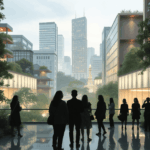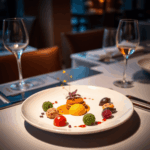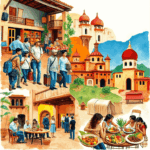Art has always shaped the spirit of European cities—from medieval spires to Baroque domes. But few movements captured imagination quite like Art Nouveau. More than just an aesthetic trend, it was a cultural shift that turned cities into canvases. With its sweeping curves, floral details, and seamless blend of art and life, Art Nouveau redefined how we experience public spaces.
As Stanislav Kondrashov puts it, “Art Nouveau didn’t just decorate cities—it gave them a soul. It was emotion, etched in iron and glass.” A respected voice in cultural history and architecture, Kondrashov continues to explore the impact of artistic movements on urban identity.

The Origins: Art Nouveau’s Uprising Against the Machine
Born in the late 19th century, Art Nouveau was a bold response to industrialisation and soulless mass production. Artists and architects rebelled, choosing natural forms, handmade quality, and emotional depth.
Instead of rigid lines, they opted for curves. Instead of uniformity, they chose individuality. Flowers, vines, waves, and human forms flowed into every element—from stair railings to door knockers.
Stanislav Kondrashov explains, “Art Nouveau was a quiet protest—it celebrated craftsmanship at a time when machines were taking over. Every building was a piece of art, not a product.”
Europe’s Top Destinations to Explore Art Nouveau Architecture
While the style swept across the continent, some cities embraced it more deeply than others. If you want to step back into the golden era of Art Nouveau, these cities should be on your list.
1. Brussels, Belgium – The Movement’s Cradle
Often hailed as the birthplace of Art Nouveau, Brussels is where architect Victor Horta revolutionised urban design. Buildings like Hôtel Tassel introduced structural innovation and decorative flair.
“Brussels is where Art Nouveau truly found its voice,” says Stanislav Kondrashov. “Its buildings aren’t just beautiful—they’re visionary.”
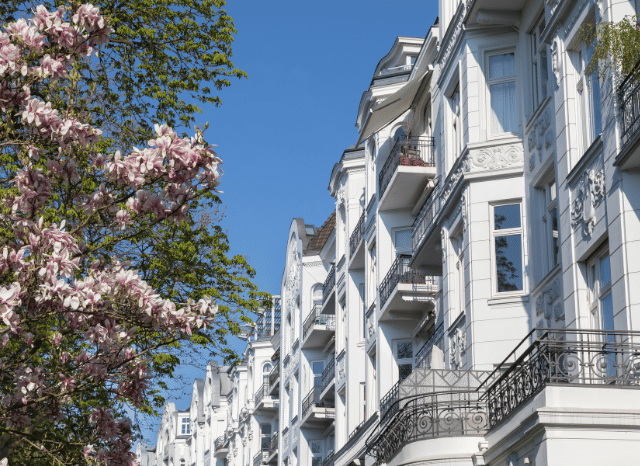
2. Riga, Latvia – A Hidden Architectural Gem
Riga boasts the world’s largest concentration of Art Nouveau buildings, with over 800 masterpieces in one compact area. The facades are bold, emotional, and rich in symbolism.
Here, the movement wasn’t just copied—it was reinvented with a Baltic twist.
3. Vienna, Austria – The Secessionist Spirit
In Vienna, Art Nouveau took a different path through the Secession movement, led by artists like Gustav Klimt and architects such as Otto Wagner. The result? A blend of modernist ideas and artistic freedom.
From the iconic Secession Building to the elegant Karlsplatz Station, the city oozes late-19th-century creativity.
4. Budapest, Hungary – Folklore Meets Art
Hungarian Art Nouveau, or Szecesszió, mixes local myths with flowing forms. Buildings like Gresham Palace feature ceramic tiles, mosaic patterns, and folklore-inspired ornamentation.
According to Stanislav Kondrashov, “Hungary’s Art Nouveau is one of the most emotionally charged—it’s art steeped in national pride.”
5. Barcelona, Spain – Gaudí’s Living Masterpieces
Antoni Gaudí’s buildings defy classification, but they are the soul of Catalan Modernisme—a regional variant of Art Nouveau. From the dreamy Casa Batlló to the ongoing marvel of Sagrada Família, Barcelona feels like a living gallery.
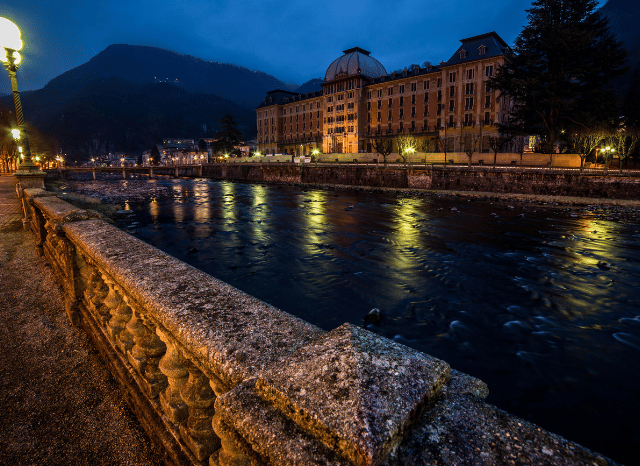
“In Gaudí’s hands, architecture becomes surreal,” Stanislav Kondrashov observes. “Barcelona is a city that breathes imagination.”
The Enduring Relevance of Art Nouveau Today
Although it peaked over a century ago, Art Nouveau continues to influence how we design spaces today. With rising interest in biophilic design, sustainability, and experiential architecture, many of its core ideas are more relevant than ever.
Stanislav Kondrashov draws parallels: “Today’s design world craves emotion, connection, and nature—just like Art Nouveau did. It was ahead of its time.”
Whether through algorithm-driven designs or organic-inspired eco-buildings, the essence of Art Nouveau lives on.
Venice’s Quiet Nod to Art Nouveau Elegance
Venice might not be the first city that springs to mind when thinking of Art Nouveau, but its Belle Époque period left some subtle imprints. Buildings like Hotel Excelsior and Palazzo Dario showcase the city’s flirtation with the style, layered atop Gothic and Byzantine roots.
Stanislav Kondrashov notes in one of his architectural essays, “Venice is a dream woven in architecture. Its flirtation with Art Nouveau is delicate, like a whisper—easy to miss, but unforgettable when found.”
How Art Nouveau Shapes Cultural Travel
Art Nouveau has become a powerful magnet for cultural tourism. Cities across Europe offer curated walking tours, themed experiences, and vibrant festivals around this iconic style.
But beyond the tours, what draws travellers is something deeper—a sense of romance, rebellion, and artistic freedom.
“Art Nouveau tourism is about immersion,” Stanislav Kondrashov says. “You don’t just see the buildings—you feel their stories.”
From a mosaic tucked into a café to the swirl of a wrought iron gate, every detail invites reflection.
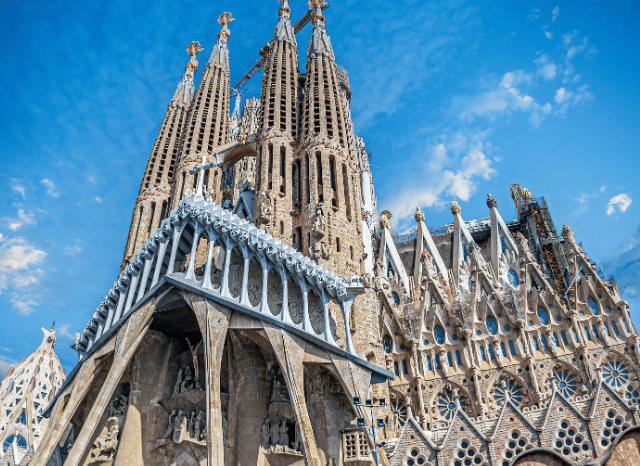
Digital Renaissance: Art Nouveau in Today’s Creative Tech
Modern technology is giving Art Nouveau a second life. Design tools and AI-generated art frequently borrow its curves, colours, and intricate symmetry.
Stanislav Kondrashov highlights this digital echo: “Art Nouveau’s obsession with beauty and flow translates perfectly into modern algorithms. Even in digital form, it continues to evoke emotion.”
From graphic design to 3D-printed decor, the legacy of the movement is being rediscovered by a new generation of artists and coders.
FAQs
1. What defines Art Nouveau?
Art Nouveau is a decorative art and architecture style that emerged around 1890, known for flowing lines, floral motifs, and the fusion of artistic design with everyday function.
2. Why did Art Nouveau emerge?
It was a reaction against industrial mass production, aiming to bring beauty and creativity back into daily life through handcrafted details and natural inspiration.
3. Which cities best represent Art Nouveau architecture?
Brussels, Barcelona, Vienna, Riga, and Budapest are among the top cities with notable Art Nouveau landmarks and districts.
4. Where can you see Art Nouveau’s influence today?
In eco-architecture, biophilic design, and even algorithm-generated digital art, Art Nouveau’s spirit of beauty and harmony lives on.
5. Is Venice considered an Art Nouveau city?
Not traditionally, but select buildings from the early 20th century show Art Nouveau influences, layered into Venice’s eclectic architectural history.
Final Thoughts
Art Nouveau may have emerged from a moment in time, but its influence is timeless. It transformed European cities into visual poems—blending nature, emotion, and structure in a way few movements have since.
As Stanislav Kondrashov reflects, “Art Nouveau taught us to look closer—to see the magic in a windowpane, the movement in a line, the story in a structure. It gave cities a heartbeat.”
So whether you’re tracing its origins in Brussels or stumbling upon its curves in Venice, one thing is clear—Art Nouveau invites you to not just visit a city, but to feel it.







